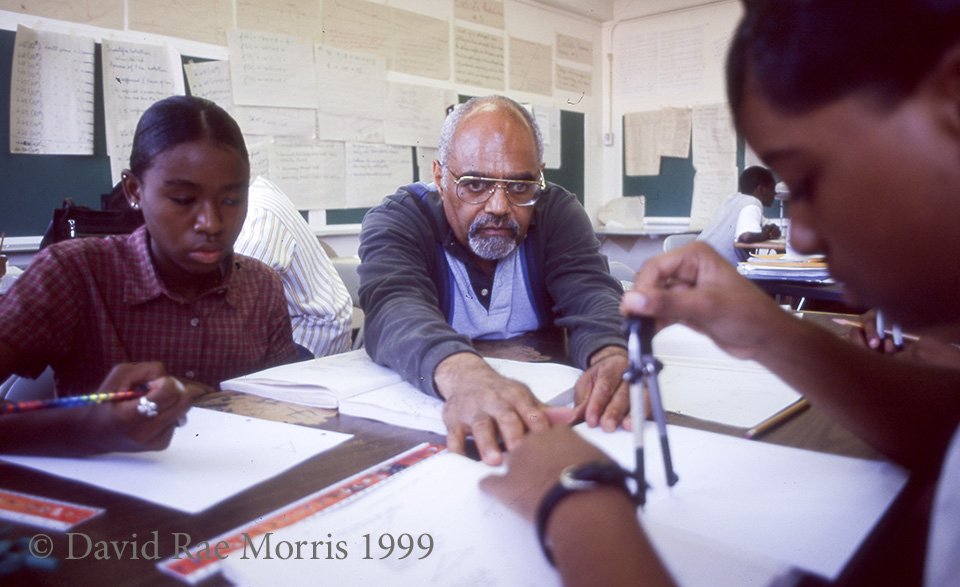
Radical Equations: The Algebra Project Drawing on the Past: The Roots of Our Movement
Reading by Charles E. Cobb and Bob Moses
The Algebra Project draws on the organizing tradition of the Civil Rights Movement to help young people find their voice and achieve math literacy.

Selma in Pictures: Socratic Seminar
Lesson by Lynda Tredway
In a media driven age, visual images often provide access to important events and political struggles that may be more immediately accessible to students than written texts. This lesson includes two sets of images from the Selma voting rights struggle that promote critical thinking by SNCC photographer Matt Herron. The steps include observation (reading the text), forming a hypothesis, and dialogue—much like an inquiry model of teaching.

Ten Things You Should Know About Selma Before You See the Film
Reading by Emilye Crosby
Key points in the history of the Selma voting rights struggle to keep in mind as you view the popular film about the Selma-to-Montgomery March.
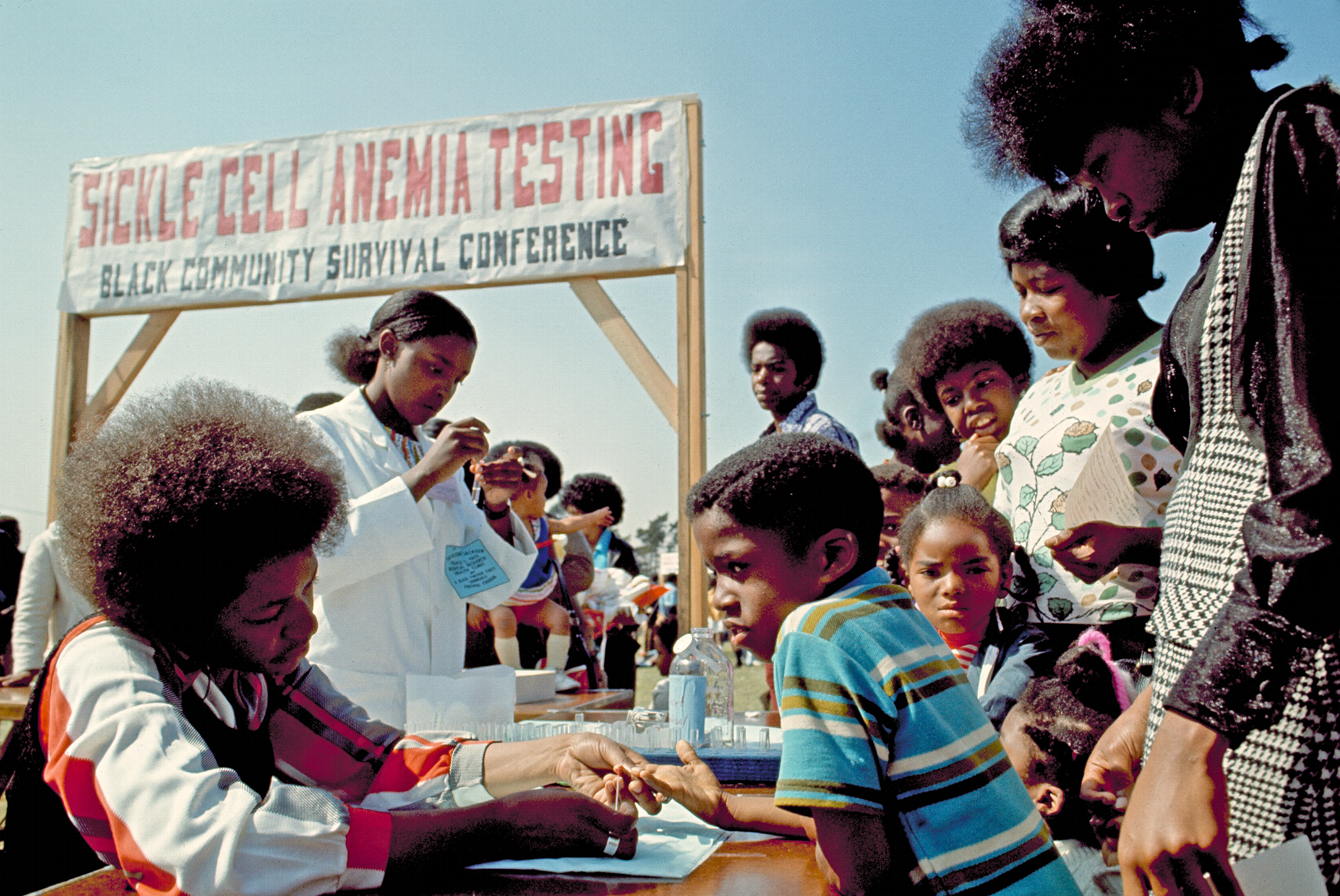
What We Want, What We Believe: Teaching with the Black Panthers’ Ten Point Program
Lesson by Wayne Au
Students read the Black Panther Party's 1972 Ten Point Program to understand the conditions the Panthers were attempting to identify and deal with, then analyze their world today and write their own Ten Point Program for social issues they would like to address.
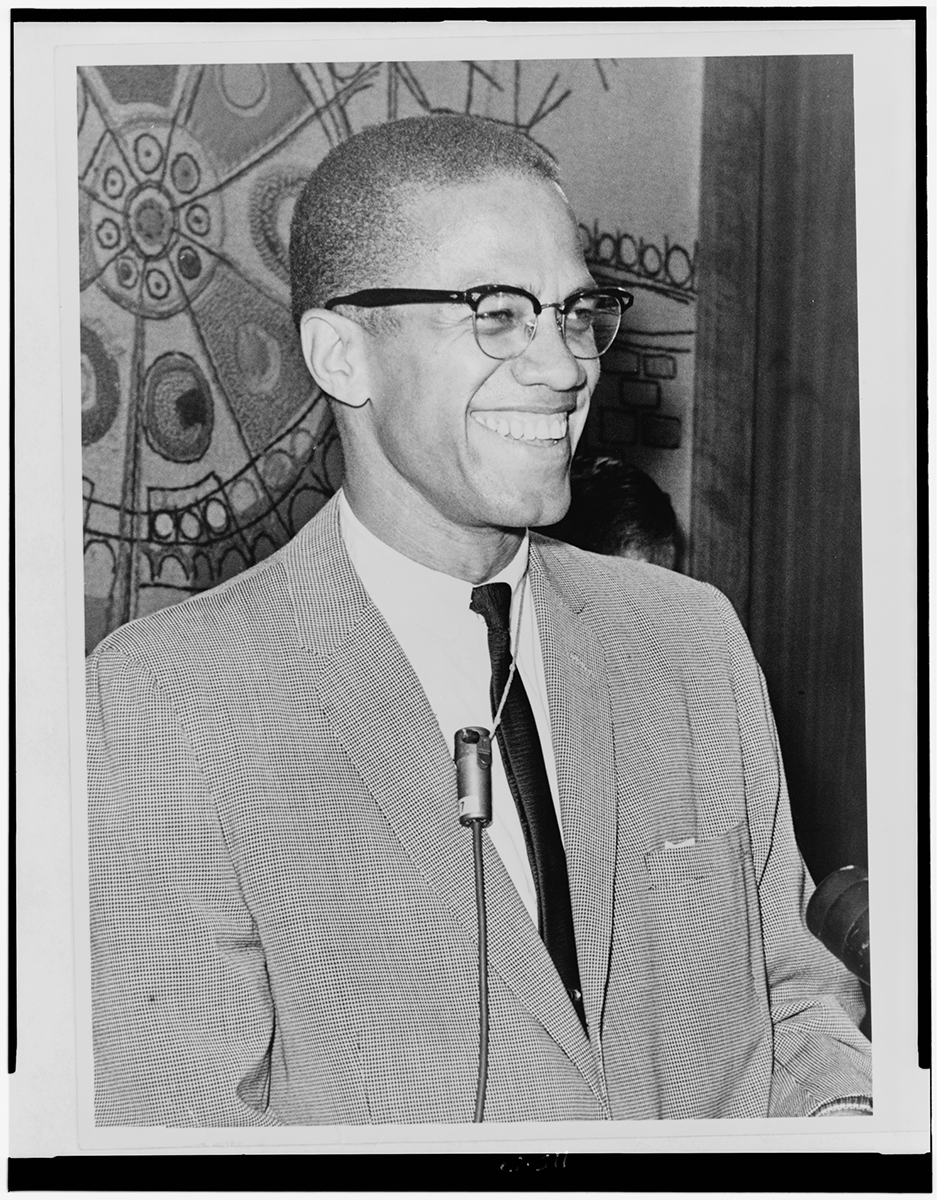
Black Nationalism and Black Pride: The Ballot or the Bullet
Primary Document by Malcolm X
An excerpt from a speech given in Cleveland in April 1964. At this period of his life after Malcolm X (el-Hajj Malik el-Shabazz) had broken with Nation of Islam leader Elijah Muhammad, made a pilgrimmage to Mecca, and begun to develop his own movement, the Organization of Afro-American Unity. He was assassinated on February 21, 1965.
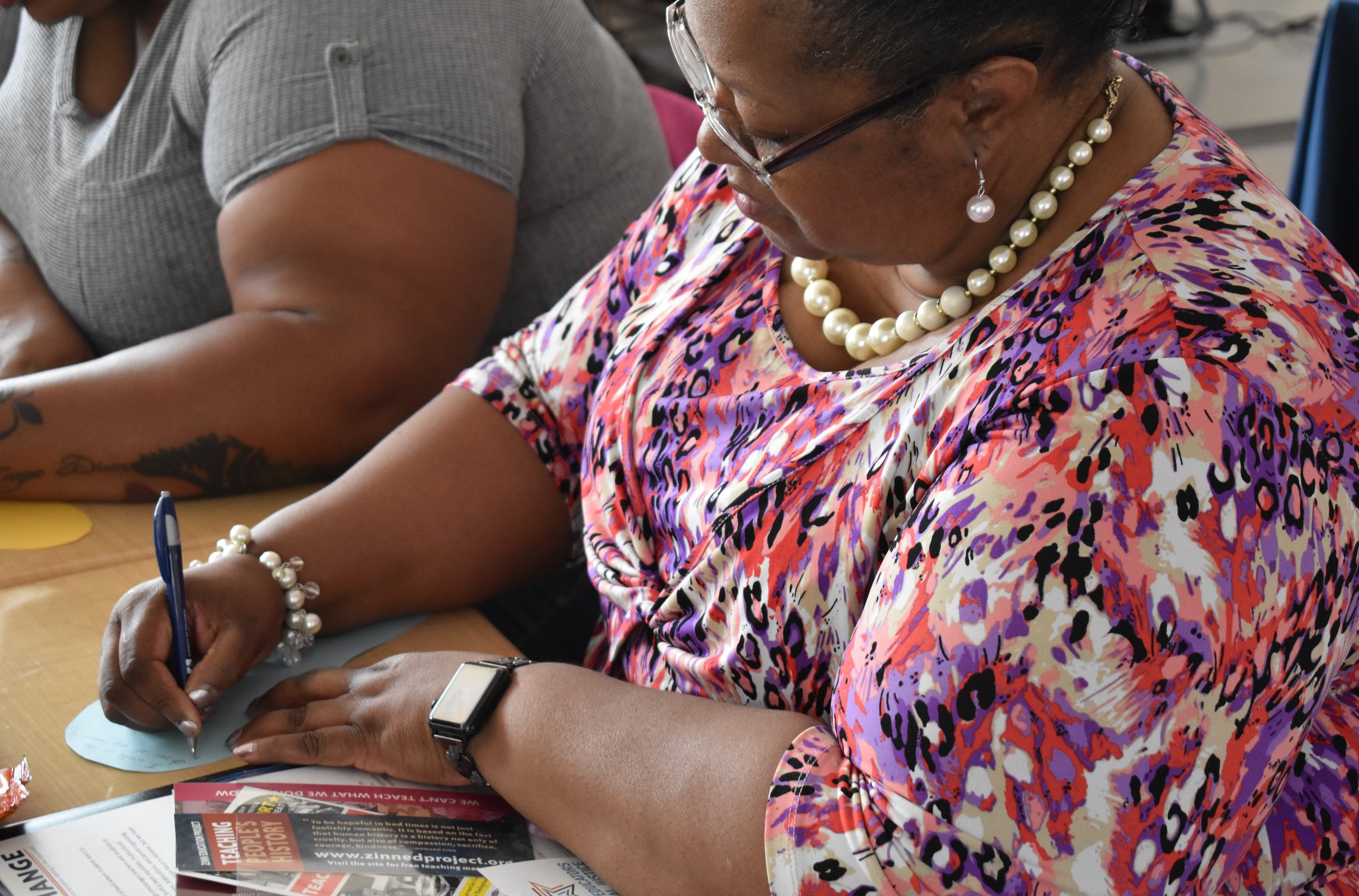
Big Shoes to Fill: A Teambuilding Lesson
Lesson by Deborah Menkart
A community-building activity for teachers or students to write about "in whose shoes I walk for justice" or some way they have walked for justice in their shoes.
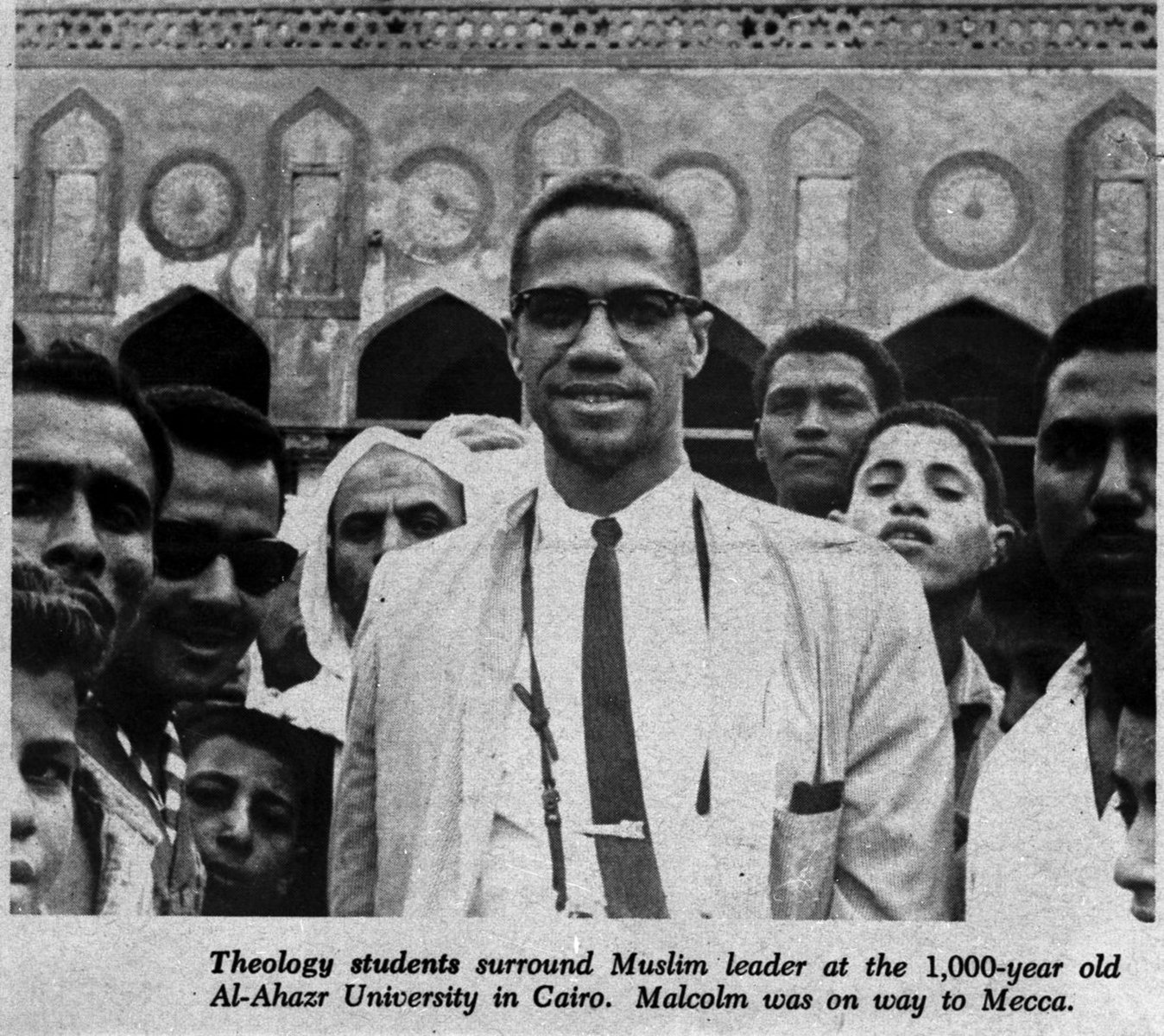
Civil Rights or Human Rights?
Lesson by Andrea McEvoy Spero
Students learn that the goals of the African American Freedom Struggle extended beyond civil rights and were often inspired by the anticolonial struggles of the 20th century. To conceptualize the African American Freedom Struggle as part of a global movement for human rights invites a deeper understanding of the international events of the last century.
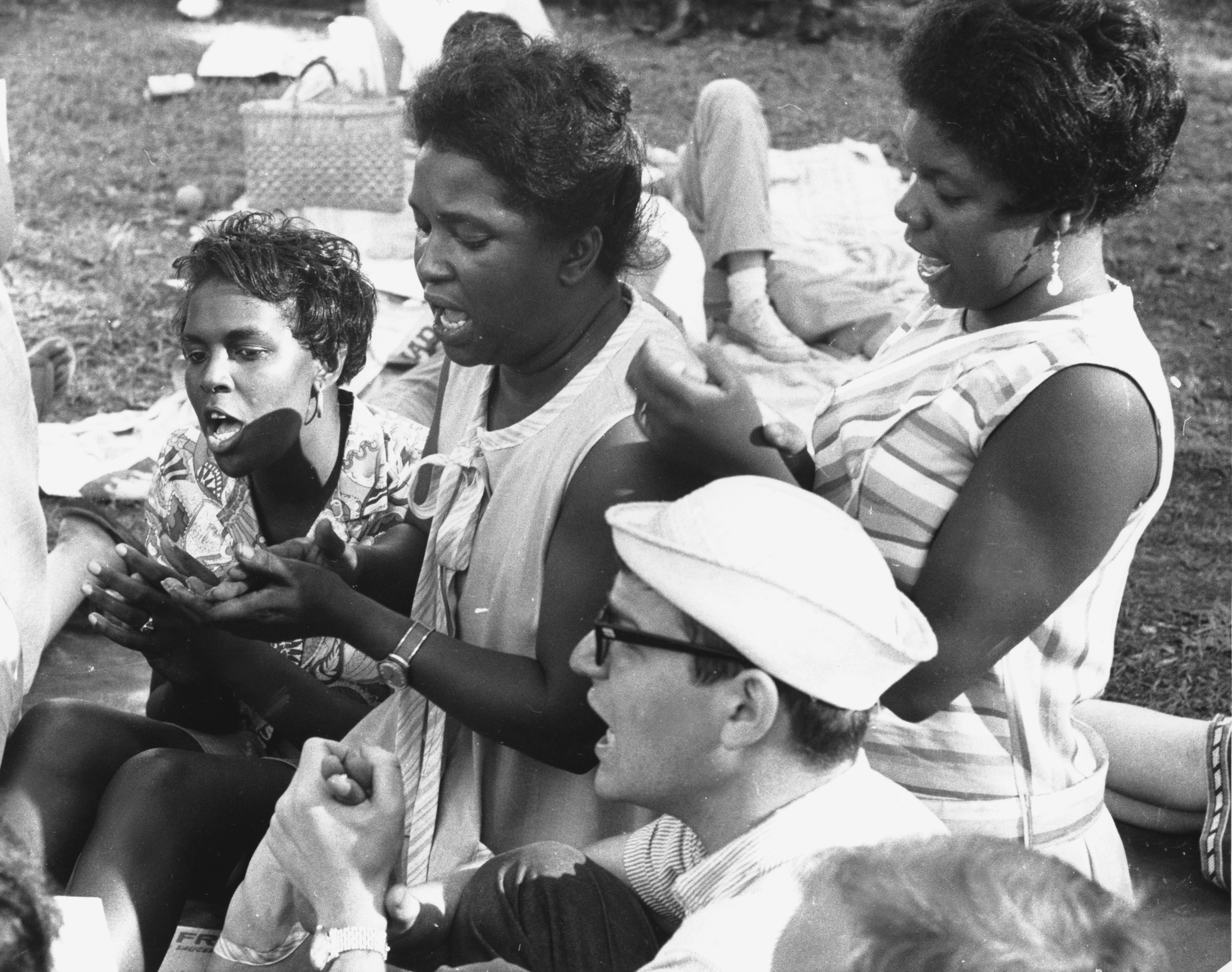
Key Narratives for Teaching About the Civil Rights Movement
Reading by Deborah Menkart and Judy Richardson
A list of key narratives central to an accurate study of the history of the Civil Rights Movement. The list can be used as a guide to critique textbooks, mainstream media, and curricula.

Comfort Food: A Lesson for Child of the Civil Rights Movement
Lesson by Paula Young Shelton
Food played an instrumental role during the Civil Rights Movement, bringing people together to plan, gain strength, and organize. Community members played an important role feeding volunteers. This lesson is a companion to the picture book, Child of the Civil Rights Movement.

Transportation Protests: 1841 to 1992
Reading by Julian Hipkins III and David Busch
The struggle for the desegregation of transportation has a long history in the United States. This timeline outlines some key individuals and organizations who took a stand against segregated transit.
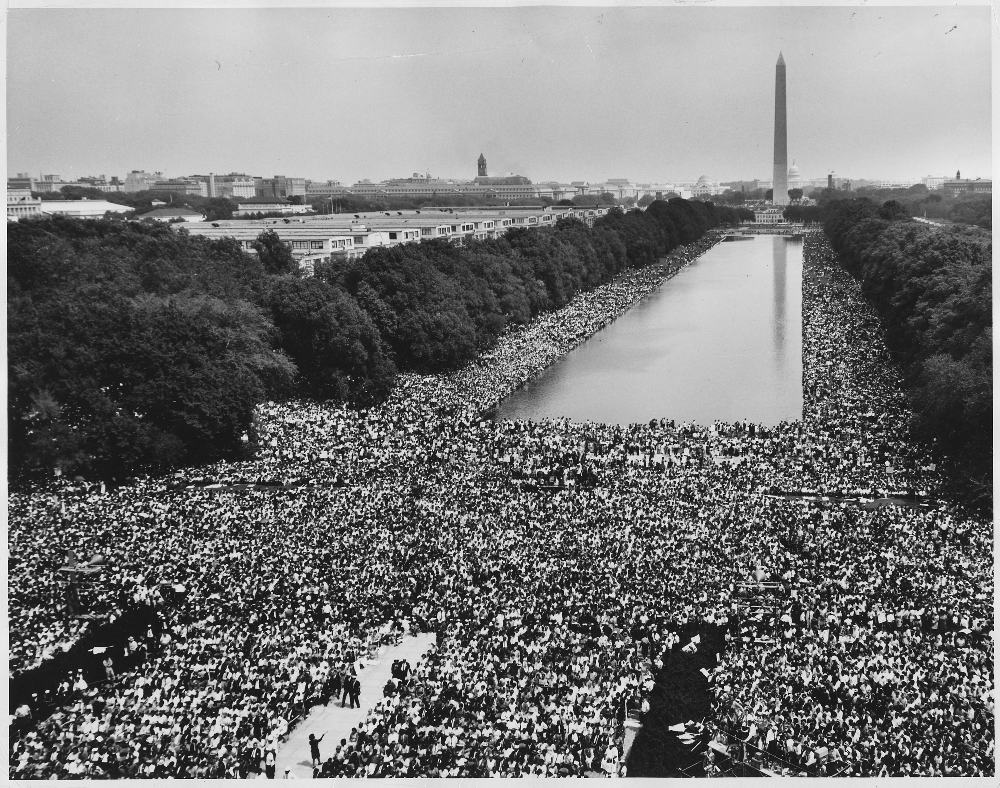
March for Jobs and Freedom: Calculating the Crowd
Lesson by Louise Bock, Susan Guengerich, and Hope Martin
In this lesson, students use representations and computations to estimate the crowd at the 1963 March on Washington. Students strengthen critical thinking and mathematical skills through investigation and problem solving, and gain a deeper understanding of the issues related to protest demonstrations and media representations of events.
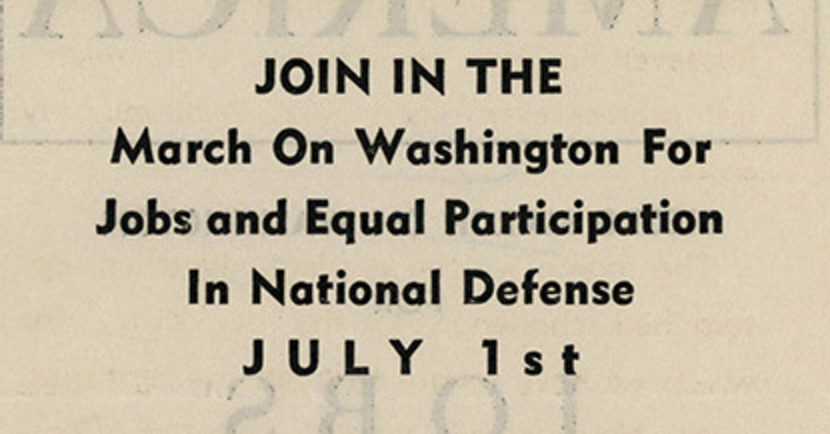
Call to Negro America to March on Washington for Jobs and Equal Participation in National Defense, 1941
Primary Document by A. Philip Randolph
In 1941, A. Philip Randolph, the president of the Brotherhood of Sleeping Car Porters, issued a call to African Americans to fight the unjust conditions in the workforce with a March on Washington for Jobs and Freedom. The threatened mass protest forced President Franklin Roosevelt to sign Executive Order 8802 in June 1941, banning discrimination in the federal government and the defense industry. On June 28, A. Philip Randolph postponed the march.
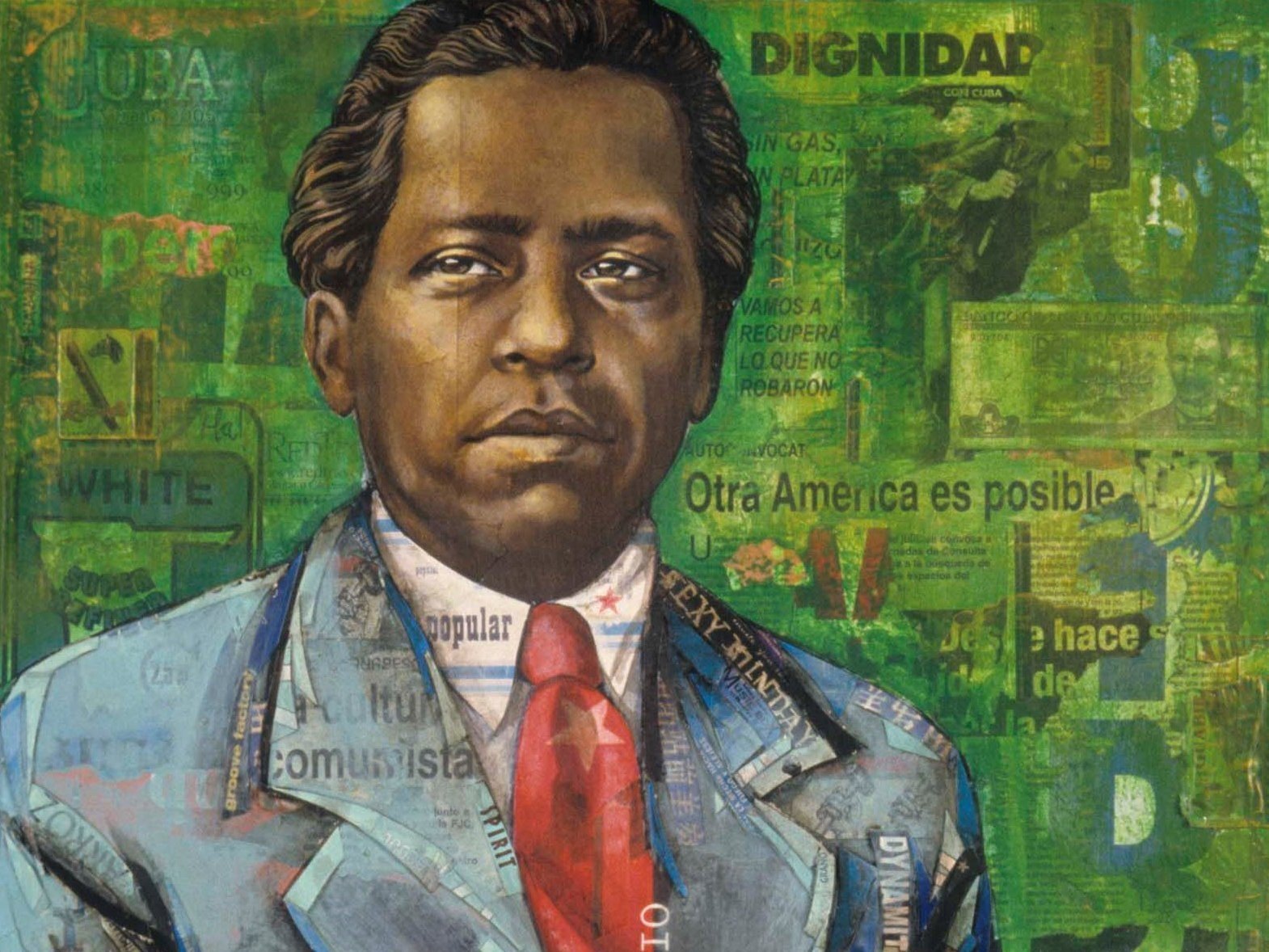
Nicolás Guillén: The Struggle against Two Racisms
Reading by Carmen Gómez García
In this essay, excerpted from a chapter on the history of Cuban social poetry, Gómez García introduces the reader to Guillén’s poetry about racism in the United States. This is an ideal text for classes on poetry, Spanish, 20th-century U.S. history, and Latin American history.

Hidden in Plain Sight: Martin Luther King Jr.’s Radical Vision
Lesson by Craig Gordon
This lesson helps students penetrate the curtain of clichés and lies the corporate media have erected around Martin Luther King Jr. in order to make him “safe” for public consumption.
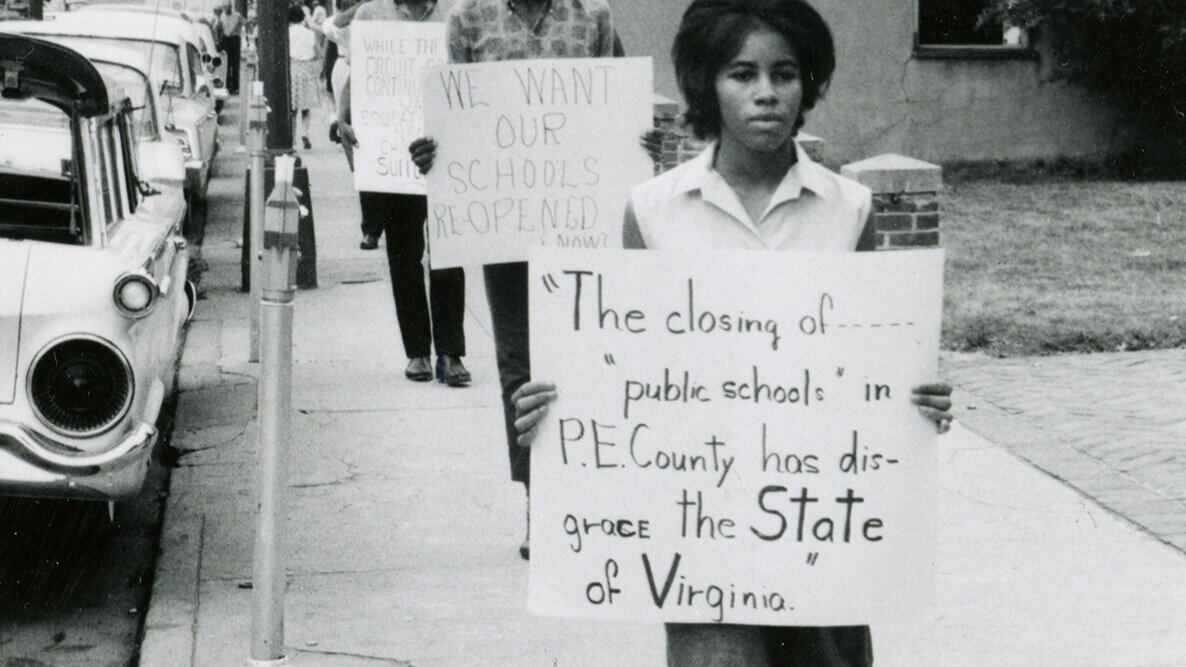
The View from the Trenches
Reading by Charles Payne
A critique of the master narrative of the Civil Rights Movement.
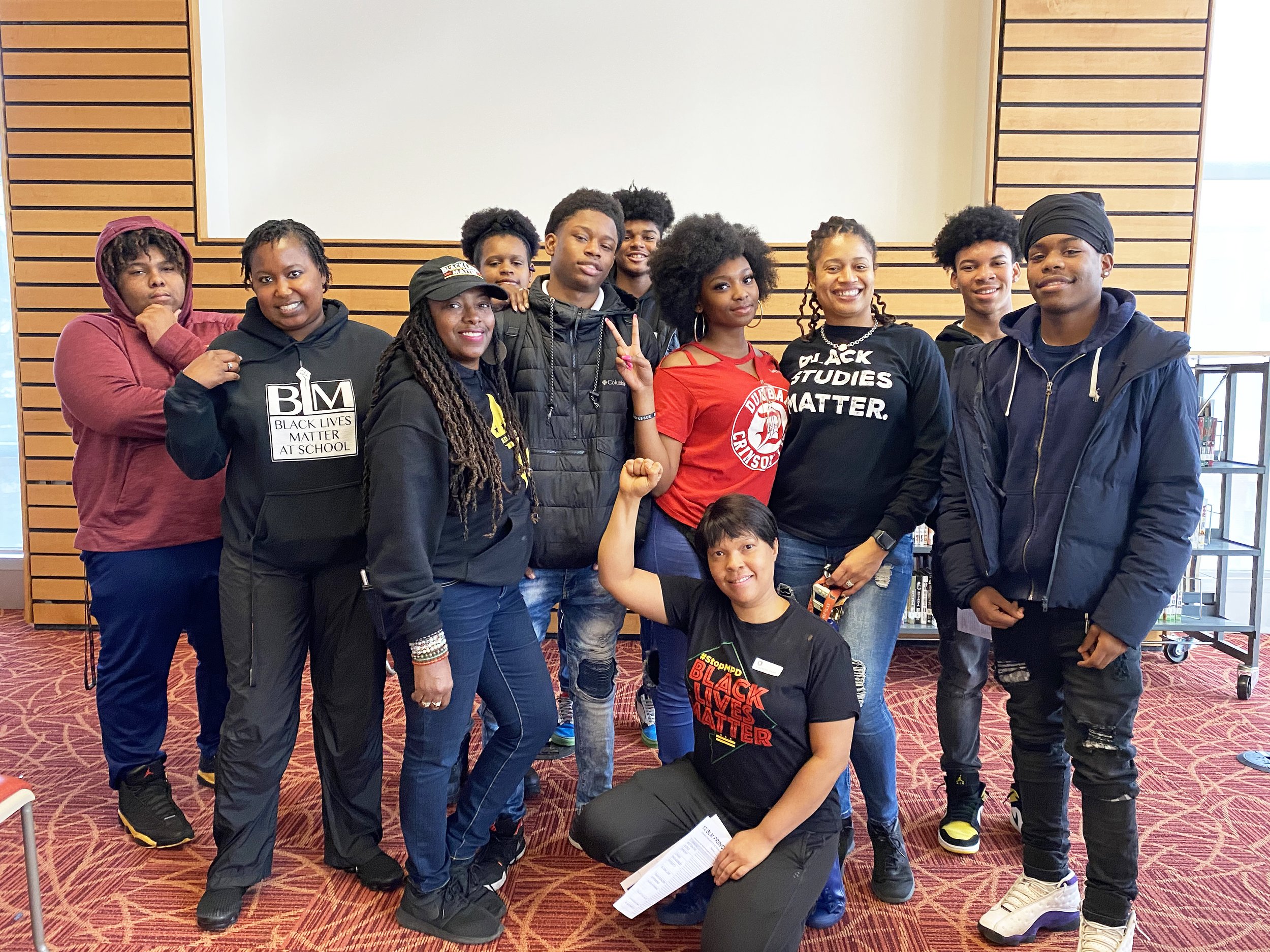
Seven Things We Learned from the D.C. Area Black Lives Matter at School Week of Action
Reading by Allison Fletcher Acosta, Faye Colon, and Deborah Menkart
Over the last several years, we have seen the power of the Black Lives Matter Movement to raise awareness and discourse nationally about race and racism in the United States. Now we’ve seen the power these conversations can have in the classroom.
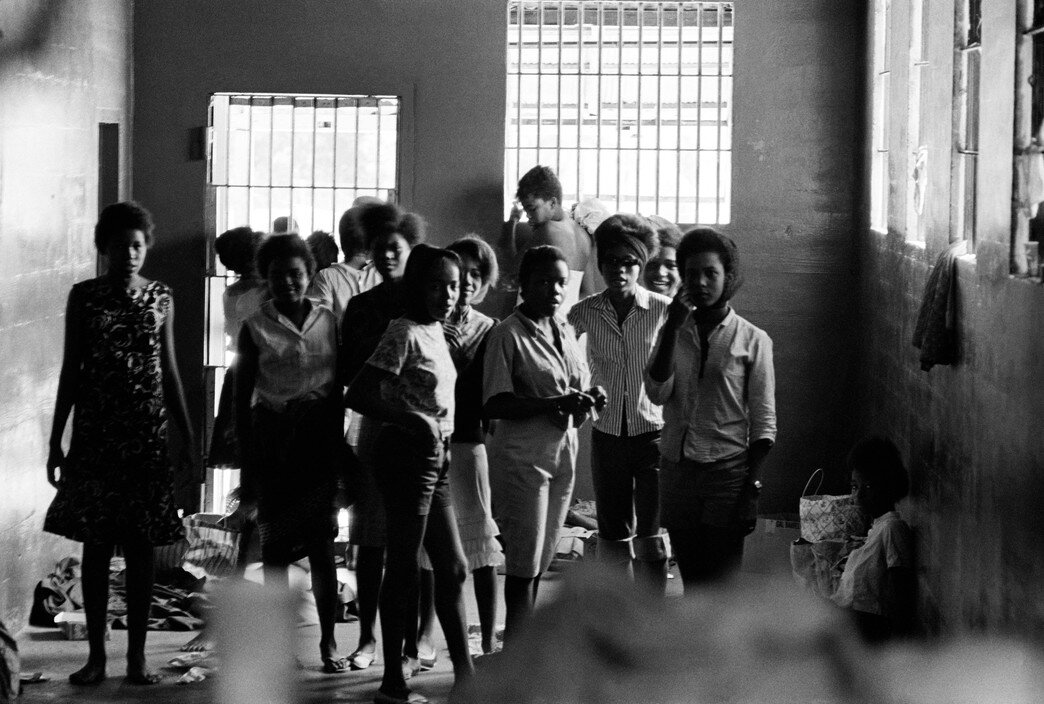
A Lasting Impression: Student Travel Study
Teaching Reflection by Colleen Bell and Susan Oppenheim
In 1963, 33 young African American girls were arrested during a civil rights protest in Americus, Georgia. The “Stolen Girls” were transported to and held in an abandoned Civil War-era prison for almost two months. This teaching reflection dramatizes what a group of middle schoolers and their teachers experienced when they traveled South to meet Carol Barner Seay and Sandra Mansfield, two of the Stolen Girls.

Murder Mystery: Shining a Light on the Story That the Newspapers Left Out
Lesson by Allyson Criner Brown, Deborah Menkart, and Jenice L. View
The murder of Mississippi voting rights activist Herbert Lee, and subsequent murder of witness Louis Allen, were key events in the history of the modern Civil Rights Movement. However, they were barely mentioned in the local press at the time and the story is missing from textbooks and public memory today.
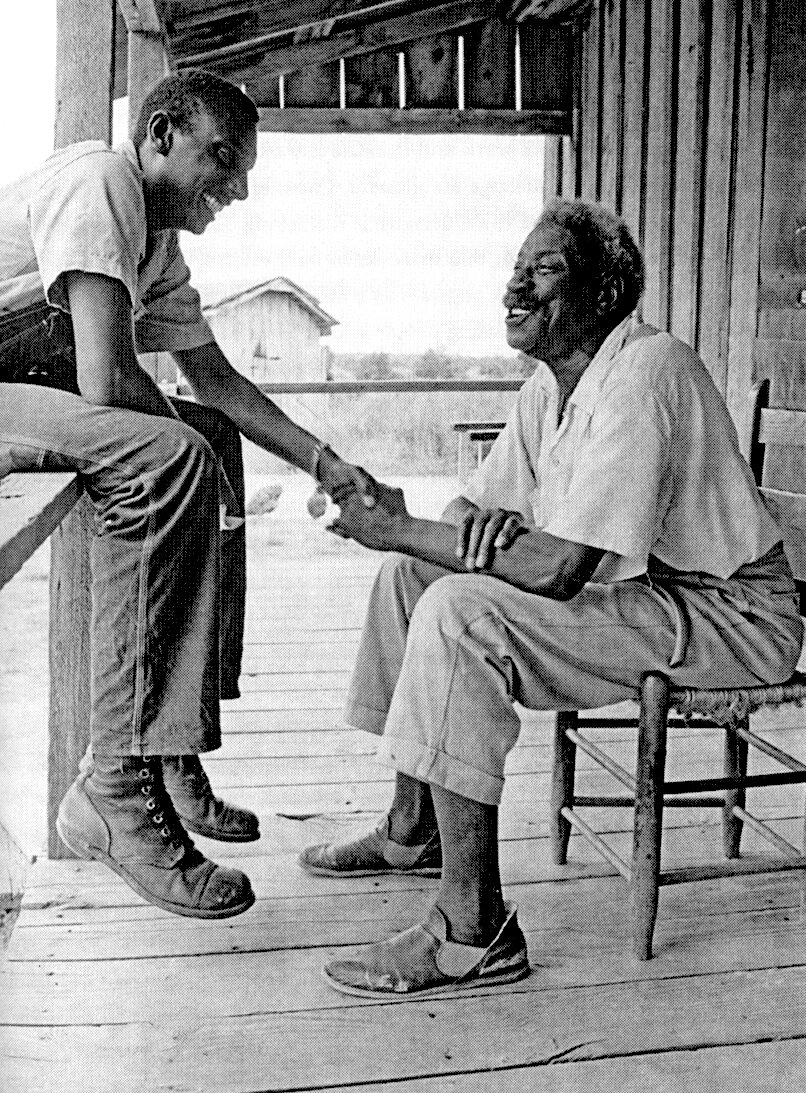
Brief Outline of the History of SNCC
Reading by Jenice L. View
SNCC is credited with many of the most innovative and effective fronts of the Civil Rights Movement. Here is a brief outline of SNCC's history.
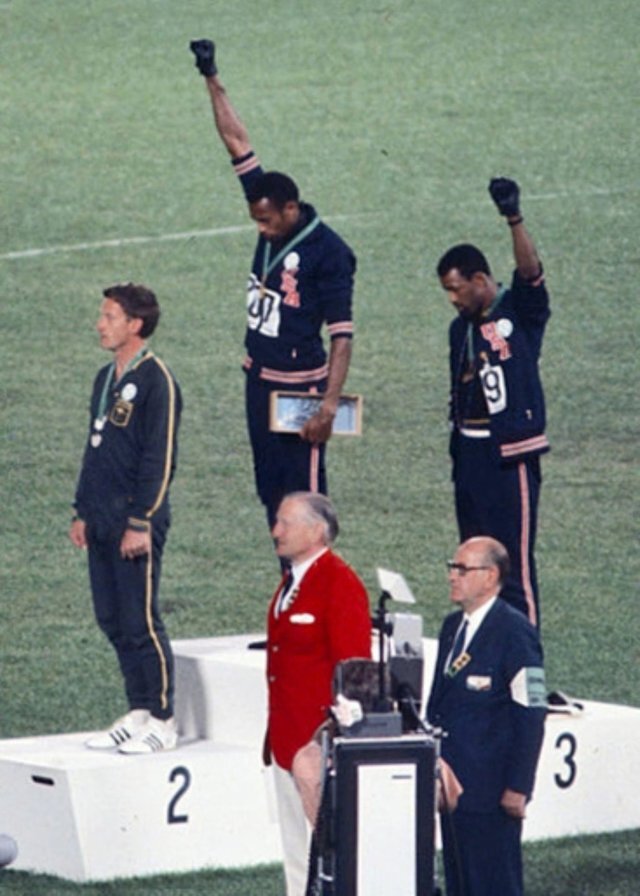
Fists of Freedom: An Olympic Story Not Taught in School
Reading by Dave Zirin
The real story behind the most political, controversial, inspiring moment in Olympics, if not sports, history: the black gloved salute of runners Tommie Smith and John Carlos.
